
The best neuroscience research news from July 2017
This month’s collection of the best neuroscience articles includes ten news stories about newly released research and advances in experimental techniques. Happy reading!
1. The secret connection between anxiety and sleep
Japanese scientists, led by Takeshi Sakurai from the University of Tsukuba, excited GABAergic cells in the bed nucleus of the stria terminalis (BNST) to wake mice during non-rapid eye movement (NREM) sleep.
The BNST, part of the amygdala, is believed to be heavily involved in stress, fear and anxiety. These experiments suggest this area of the brain may be responsible for sleeplessness when stressed or anxious.
Wakey wakey
2. Drug restores cells and memories in Alzheimer’s mouse models
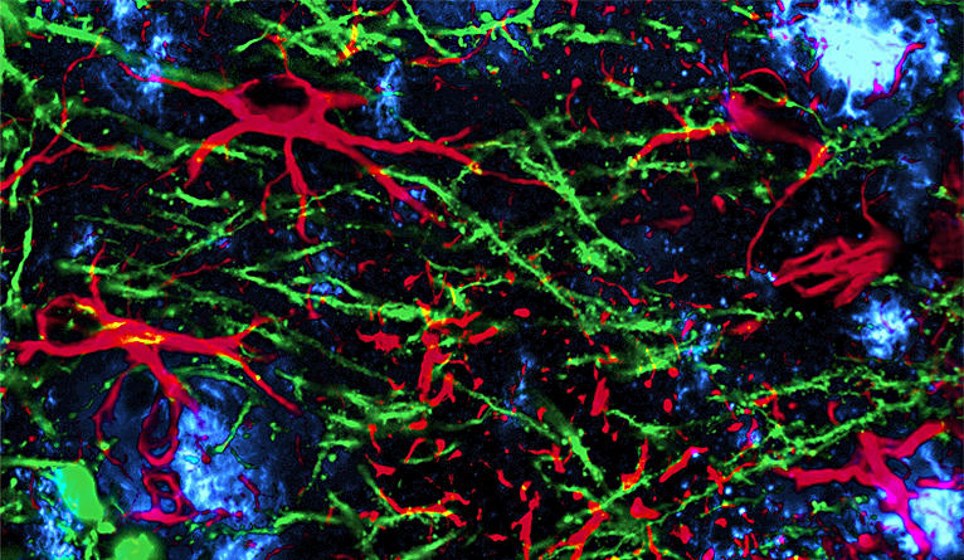 Credit: Yale
Credit: YaleA drug developed to treat schizophrenia can restore memories and connections between brain cells in mice with a model of Alzheimer’s disease.
Rather than destroying the plaques associated with the disease, the drug enables the plaques and neurons to co-exist without affecting neuronal function. It also doesn’t restrict normal neurotransmitter function like several therapeutic candidates recently tested.
Remember to read more
3. IU researchers help provide first look at atomic structures of protein tangles found in Alzheimer’s disease
A transatlantic team of researchers from the MRC Laboratory of Molecular Biology and Indiana University have imaged the high-resolution structures of tau filaments from the brain of a patient with a confirmed diagnosis of Alzheimer's disease for the first time.
Using cryo-electron microscopy, they could see atomic-level detail of the structures of these proteins which should help scientists to understand the molecular mechanisms that cause the disease.
Get more details
4. Study offers clue to memory formation in the brain
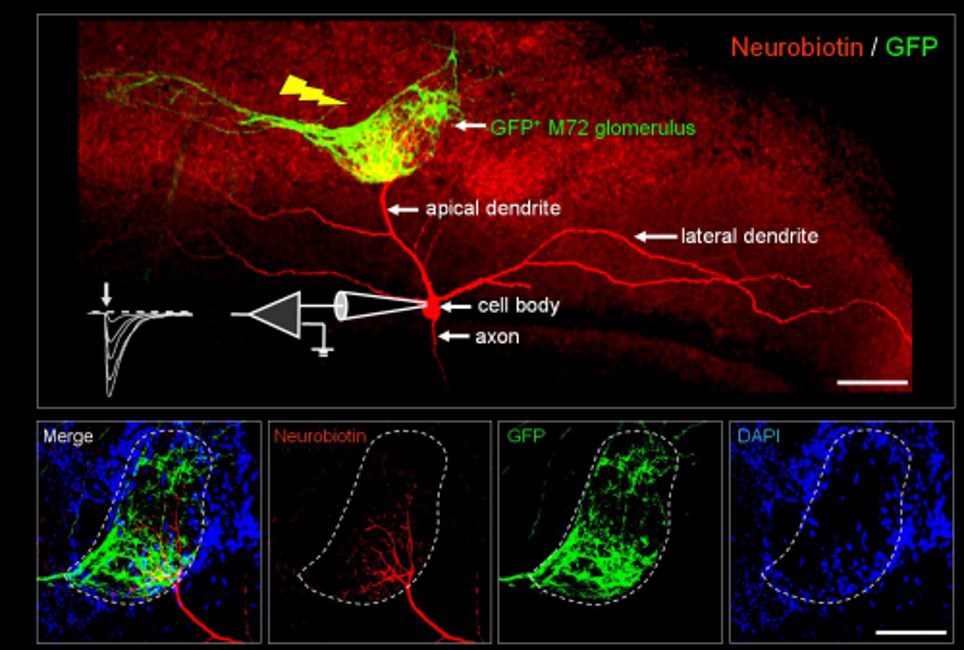 Credit: IBP
Credit: IBPScientists from the Institute of Biophysics (IBP) of the Chinese Academy of Sciences have demonstrated for the first time that long term potentiation (LTP) at a particular type of synapse in an identified circuit encodes a defined memory.
These results are also the first to confirm the Hebbian theory of Memory-Synapse specificity directly.
Remember to click here
5. Understanding the cell as an electrical circuit
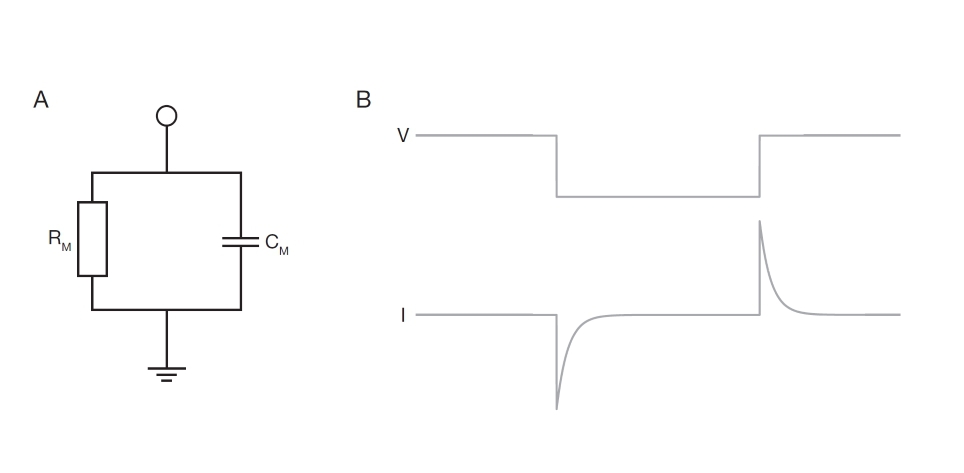
Electrophysiologists frequently describe cells as electrical equivalent circuits, i.e. a combination of resistors and capacitances. This article looks at how resistance and capacitance determine the electrical properties of the cell to understand why this is a useful description.
Don’t resist the urge to click
6. Brains are more plastic than we thought
Research shows just how adaptive the brain can be. Knowledge that may eventually be applied to the recovery of function after suffering from a stroke.
In a study, conducted at McGill University, neuroscientists trained subjects to use different brain regions to perform the same task.
Learn more
7. High-speed whole-brain imaging improves understanding of brain disease in animals and humans
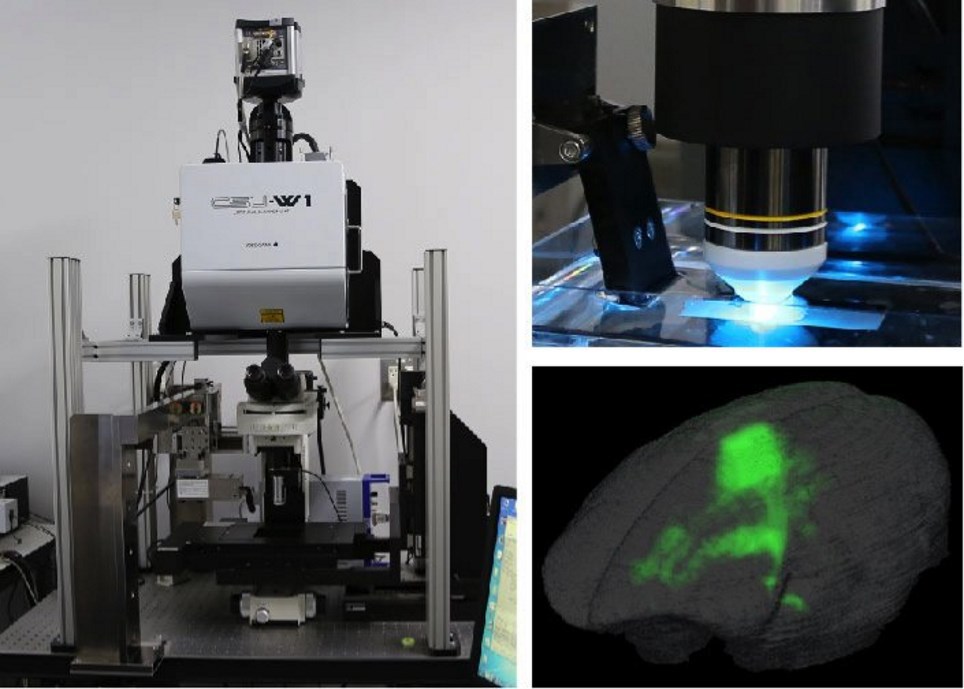 Credit: Osaka University
Credit: Osaka UniversityA high-speed imaging system, developed at Osaka University, can create a high-resolution 3D reconstruction of a whole mouse brain in less than two-and-a-half hours. The system is a combination of a spinning disk confocal microscope and a microslicer, with a method for processing the data. Previous serial sectioning microscopes took about a week to perform the same task.
Image faster
8. Kaleidoscope of colours reveals complex biological processes
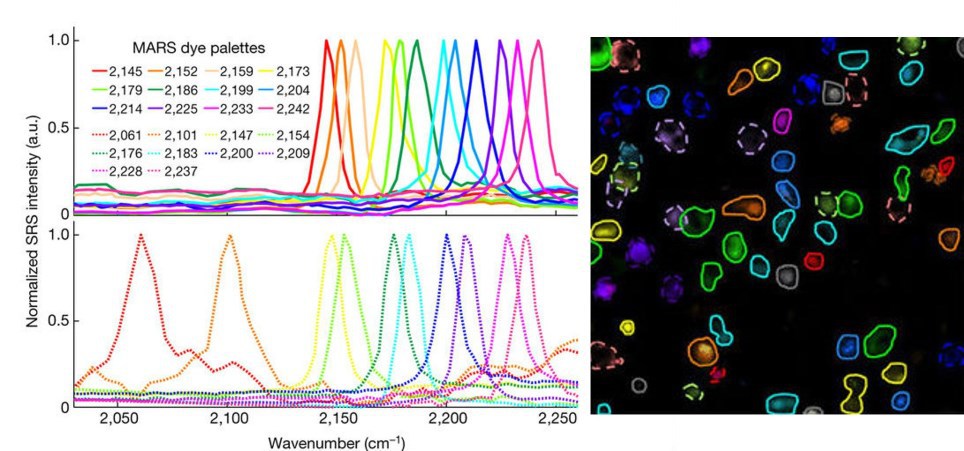 Credit: NIH
Credit: NIHA new technique, based on Ramen spectroscopy, enables researchers to see up to 24 interacting molecules in distinct colours simultaneously.
The developers used stimulated Raman microscopy to increase the signal of the weak vibrational changes between molecules detected by standard Raman microscopy. They then developed a series of chemical dyes, each with a different colour that becomes visible when stimulated by the sharper and more specific Raman vibrations.
A colourful solution
9. Alcohol boosts recall of earlier learning
One way to increase recall after a study session is to have an alcoholic drink. While some people say they drink to forget, an experiment conducted at the University of Exeter has shown that participants who had a drink after a word-learning task were better at remembering more of what they had learnt.
The cause of this improvement is not yet fully understood, but it is believed the alcohol may block new learning, allowing the hippocampus to consolidate the information learnt before the drinking session began.
Grab a beer and keep reading
10. Illuminating neural pathways in the living brain
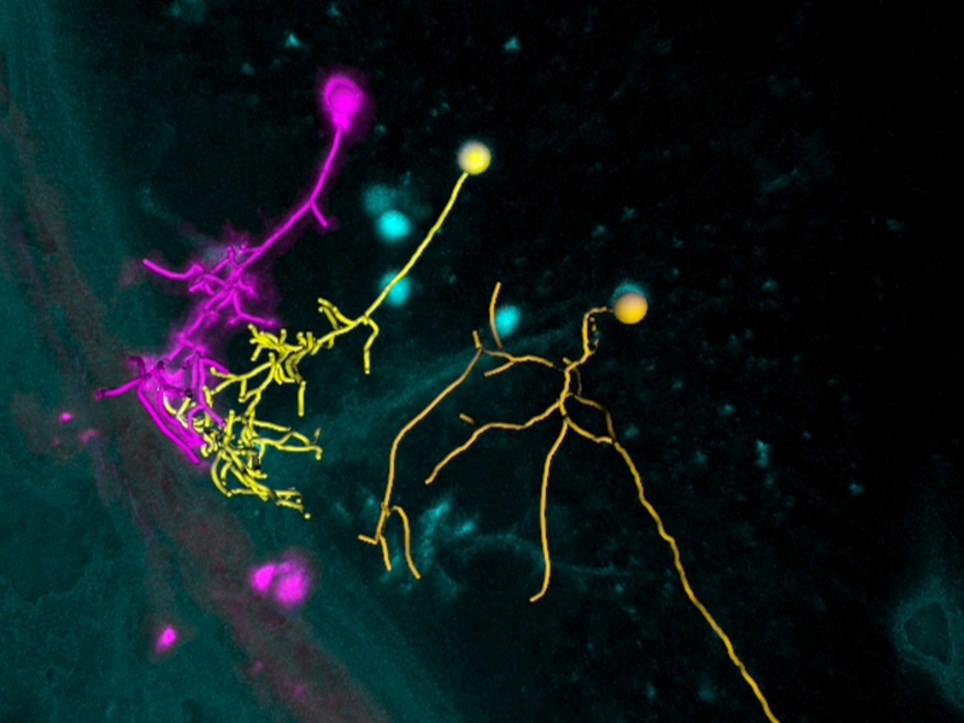 Credit: Max Planck Institute of Neurobiology
Credit: Max Planck Institute of NeurobiologyMax Planck Institute of Neurobiology scientists have developed an all optical method to reveal the functional connections between pairs or chains of neurons under a microscope.
The technique, named Optobow, uses optogenetics records targeted activation of individual neurons and the responses of neighbouring cells. It also reveals the morphology of the activated cells showing the components of the functional circuits.
See the optobow
Please send all comments, news, memory-boosting alcoholic beverages and colourful Ramen images to [email protected].
Banner Image Credit: Yale

)